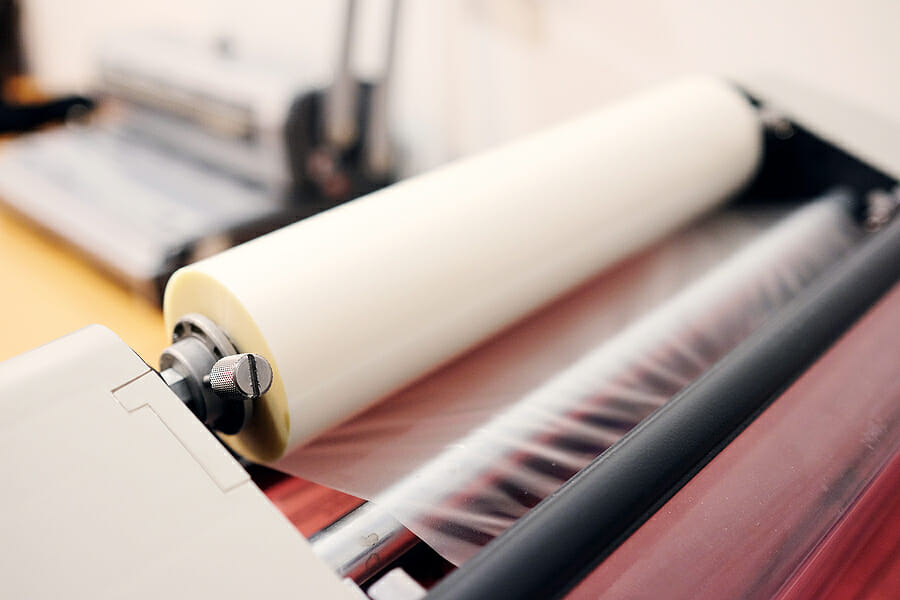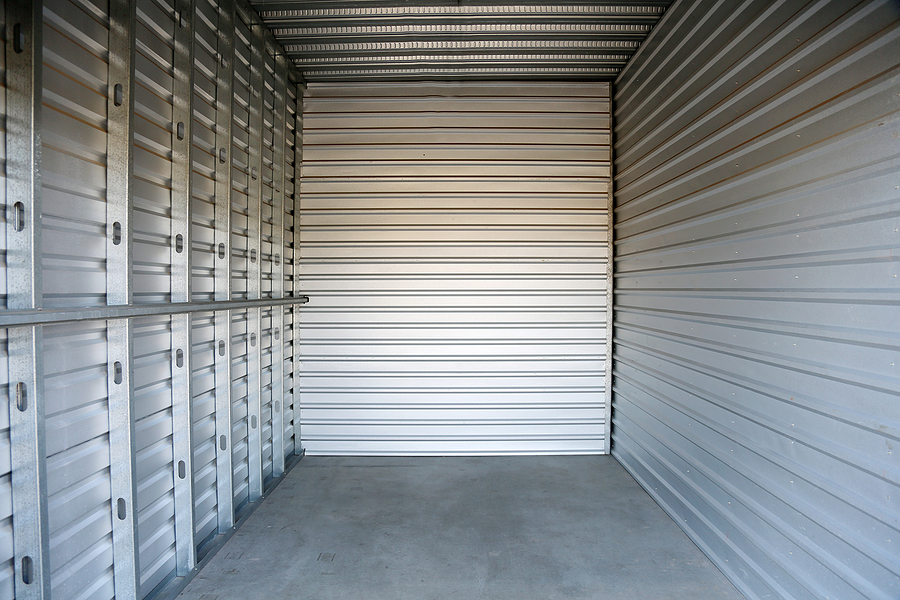Laminated media rolls are an option that many people consider when storing their media collection, whether it’s CDs, DVDs, LPs, or something else. While these media rolls have certain advantages, such as requiring less space than traditional storage solutions, they also have drawbacks that you need to know about before buying them and putting your valuable collection in them for good.
It’s possible to store other items in laminated media rolls, but this article will only focus on how they work when used to store media of all kinds.
Laminated media rolls
A laminated media roll is a storage method for CD-ROMs, DVDs, and other forms of printable data storage. Therefore, these rolls can store thousands of disks and are an extremely economical storage method. The storage process involves wrapping each disk in a thin plastic sheath and then tightly winding them together before inserting them into canisters. The sheaths protect each disk from scratches and damage that could result from rough handling.
Laminating machine
A laminating machine is a heating device that fuses layers of plastic. These machines come in various shapes and sizes and are used for various ID card production, name badge making, or sticker making. Lamination can also be performed by hand using a household iron or an office heat press machine.
The advantage of using a heat press is that it is equipped with automatic temperature control settings. At the same time, an iron will not maintain consistent temperatures and requires regular attention to ensure a perfectly fused laminate every time.
Advantages of rolling machines
Rolling machines are faster than laminators and provide a longer-lasting result. They are designed for larger-scale usage. If you require multiple copies of documents or small batches of crafts (such as menus), consider using a rolling machine instead of a laminator for your documents or projects.
The main advantage is that there’s no wait time; as soon as you feed your document into a rolling machine, it starts working.
What to look for in a laminator
Before shopping for a laminator, think about what you need it for. If you’re going to be using it at home, or if space is limited in your office or studio, consider getting a portable model. Some of these models even come with cases and backpack straps to easily fit into luggage during travel.
These smaller units are generally easier to use as well—they typically have only one temperature setting, whereas full-size machines often have several settings that must be adjusted manually. Portable units also tend to be less expensive than larger ones, but their maximum size limit is usually smaller (4 x 6 inches). If you plan to do any volume work or work on large material pieces (such as vinyl banners), you should invest in a full-size machine.
In conclusion, when it comes to buying a laminator, there are many things you need to consider. If you’re unsure what your needs are or which machine will suit them best, don’t be afraid to consult Filter Media Rolls, ask questions, and do some research before making a purchase.
Image Source: BigStockPhoto.com (Licensed)
Site Disclaimer
The Content in this post and on this site is for informational and entertainment purposes only. You should not construe any such information or other material as legal, tax, investment, financial, or other advice. Nothing contained on our Site constitutes a solicitation, recommendation, endorsement, or offer by HII or any third party service provider to buy or sell any securities or other financial instruments.
Nothing in this post or on this site constitutes professional and/or financial advice. You alone assume the sole responsibility of evaluating the merits and risks associated with the use of any information or other content in this post or on this site.
You recognize that when making investments, an investor may get back less than the amount invested. Information on past performance, where given, is not necessarily a guide to future performance.
Related Categories: Tools, Reviews, Work







